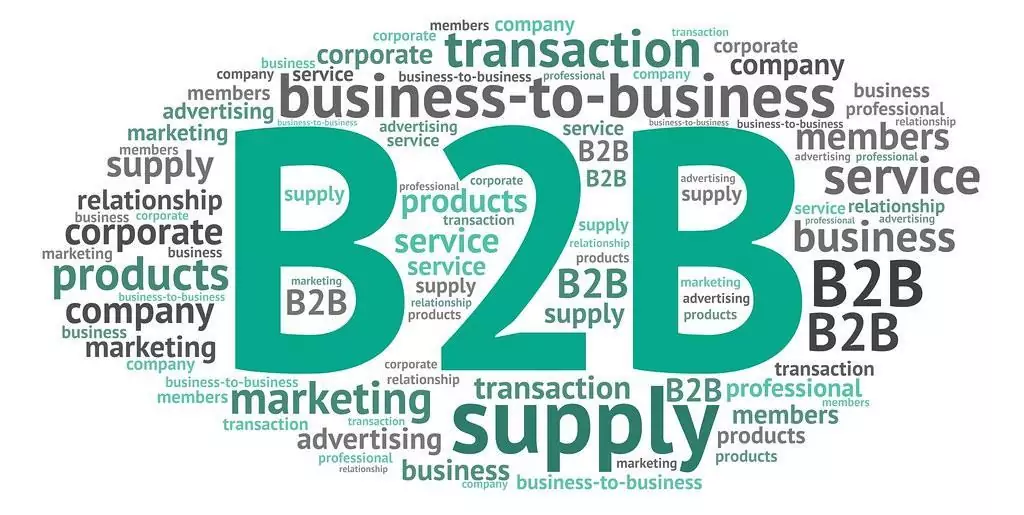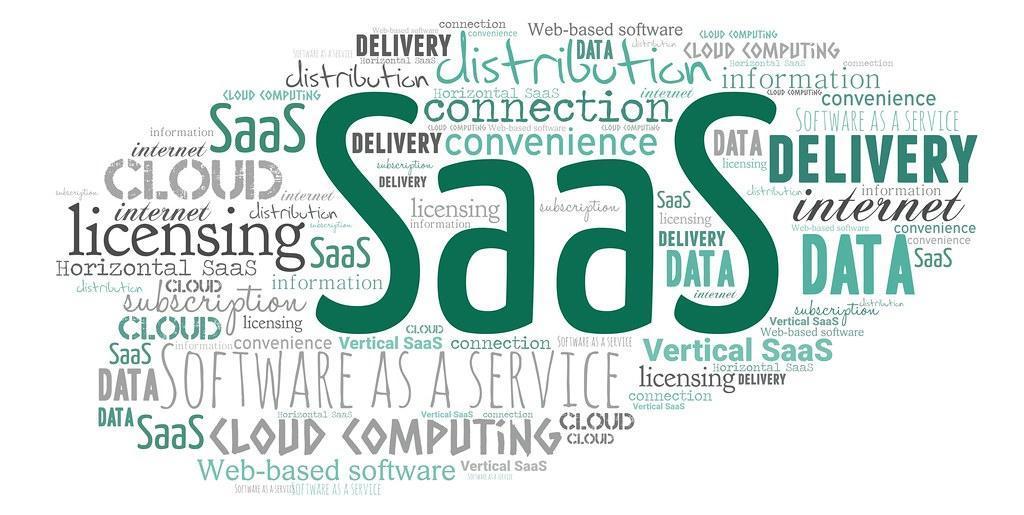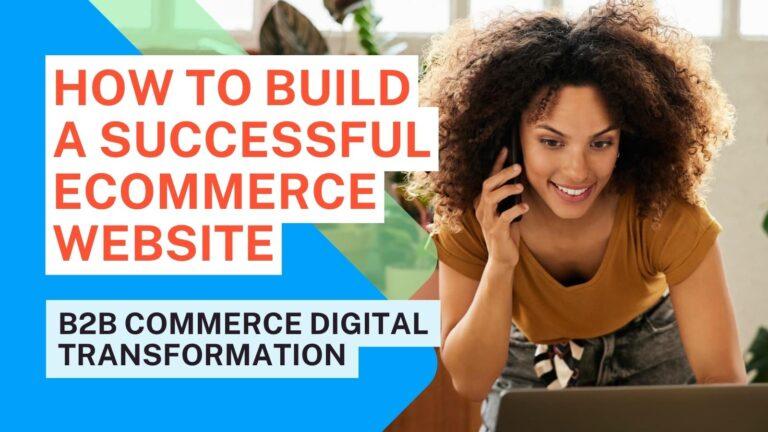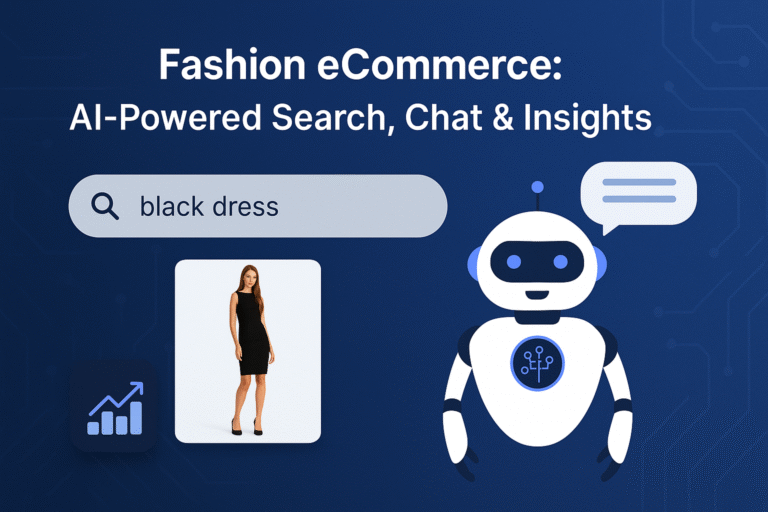Building a successful eCommerce website architecture can be somewhat tricky and challenging, especially for B2B businesses. Due to the effect of Covid-19, many brick-and-mortar stores suffered many losses. Hence prompting them to take their businesses online.
Also, aside from the harsh impact of Covid-19, the millions of money grossed daily from several online platforms is an eye-opener for small stores stores to adopt eCommerce websites for their B2B businesses, and generate more sales and profits.
However, the ultimate question of “how to build a successful eCommerce website architecture,” generating leads, and even sales is a gross challenge that needs to be solved. Hence the need to create this simple step-by-step guide on creating a successful website plus the best industry practices for effective results.
What is a B2B eCommerce website?

To start with, the word ‘ecommerce’ is formed from two words: ‘electronic’ and ‘commerce.’ While the former means anything digital, automated, or done online, the latter is the buying or exchange of goods and services, commodities, involving transportation from place to place.
The joinery of both words gives us ‘e-commerce,’ which means buying and selling goods and services on an online platform like a website or over the internet. The transaction is carried out over smartphones, computers, tablets, and other smart devices.
Furthermore, B2B stands for “Business-to-Business”; hence a B2B eCommerce website is an online platform where the direct sale of goods and services is made between businesses. It can be between a manufacturer and a wholesaler. Or between a wholesaler and a retailer.
How to build a successful B2B eCommerce website architecture
Building a B2B e-commerce website is quite difficult, especially creating the one that serves your Business partners perfectly. However, there is not much cause for alarm. In this article, you will know how to create a successful eCommerce website that serves your
Let’s start, shall we?
1. Decide on your development approach
The first step to building a successful e-commerce website architect is choosing the right software provider to develop your website. The most commonly adopted by famous B2B–as well as B2C–websites are:
- SaaS
- Open-source platform
- White-label product
-
Software as a service

To develop your B2B website using SaaS, you must subscribe to a cloud-based SaaS application. This gives you access to a plethora of amazing ready-made templates and themes that allow you to create a well-designed and efficient website. Also, since a SaaS provider is responsible for your website’s performance, it saves you the stress of maintaining your website and handling other technical aspects.
However, while having ready-made templates and your website’s performance is maintained may sound all fun, SaaS has got its own shortcomings, such as: not allowing website owners to create a unique design that suits their taste; paying to use the service; and then trying to change a SaaS platform to use another provider might result in massive loss of data. Hence you copy them manually.
-
Open-source platform
Even if you are not a techie-techie person, you can create a fantastic B2B website using an open-source platform. Like SaaS providers, the open-source platform has new unique themes that enable you to develop stress-free websites, coupled with the latest and most efficient plugins. But know that you have to pay before installing these themes and plugins.
Although open-source software is safe and secure, and the performance of your website solely relies on it, if one of your plugins is disabled, some of the pages of–or the entire–website may be corrupted.
-
White-label product
To save yourself from building your website from scratch, using a white label will be the best choice. Moreover, unlike other models, you only pay once and own the website’s code. You can create an amazing B2B website without breaking the bank to pay the website developers, project managers, QA specialists, and other experts with a white label solution.
However, trying to take the custom approach by including another feature that is not included in the ones provided might take some time. So, you might have to create it from scratch. For example, if it gives you features like filters and listings but does not include online payment, you’d have to make the latter from scratch.
2. Choose either a soft or hard launch
After you must have decided on your development approach, the next thing is to choose between a soft launch or a hard launch.
The soft launch involves establishing within a limited number of people without running a massive campaign. Most website owners choose the soft launch to receive feedback from the few people who have used the product and use the feedback to improve their products. This can be likened to the MVP strategy, where you withhold some product features and allow users to access the other features that will cater to their basic needs.
Unlike a soft launch, a hot launch requires you to spend a tremendous amount of money on your marketing campaign to reach your target audience so they can know about your company and the products you offer. However, you don’t have to apply the MVP strategy but create a complete software product, i.e., one that has all the features.
3. Develop a monetization strategy
Now that you’ve decided on how to launch your eCommerce website, it is high time you developed how you will monetize your eCommerce website. You can use any of the monetization strategies explained below:
-
Premium and Freemium
This strategy has to do with your website having two plans: free and premium. While the free plan is available to any website user, the premium is to those who pay. The free program includes the basic things a user needs like product search, admin dashboard, filtering, listings, etc. The premium has all the features to run a business comfortably and effectively. An example of a website that uses this is Ubersuggest.
-
Ad-based
This has to do with getting money from people who want to use your website to create awareness about their products or services. Simply put, they place adverts on your eCommerce website. This has served as one of the primary sources of revenue for most B2B website owners.
-
Time-based
Here, users subscribe to use your services for a certain period. Sometimes, it can be monthly, quarterly, annually, or biannually. Most of the time, users use short-term subscriptions as they are less costly than long-term ones. An example of a B2-B website that uses this is Amazon.
-
Percentage-based
If your B2B website helps vendors sell their products like books or any other commodities, you can charge percentage-based fees for their sales. Upwork is a marketplace that uses this strategy. It receives a small percentage of the money made by freelancers.
Incorporating Best Industry Practices to Building Successful eCommerce Website Architect

For the successful run of your B2B eCommerce website, you can add some MVP and advanced features to help your customers have a great user and shopping experience. The following features are some of our best recommendations.
1. Search tools
Users must be able to search and filter what they want. While admins search for vendors and buyers, vendors search and filter to find goods and shop settings. Buyers are also in search of goods and vendors to buy from.
2. Online payment
As a B2B eCommerce website owner, you need a good or reliable payment system so that users can deposit fast and withdraw instantly.
3. Review
Enable buyers or users to leave reviews about your product. Positive reviews boost a vendor’s credibility and gain a buyer’s trust.
4. Price negotiation
You can allow buyers to negotiate the price of vendors’ items or products via chatting options or any method.
5. Video and live chat
Include video and live chat features to enable vendors and potential buyers to interact with each other and close sales. This feature was added due to the effect of the Covid-19.
6. Mobile app
B2C eCommerce websites use mobile apps to provide users or buyers with a fantastic shopping experience, and this feature has increased the rate of conversion. So, it would be best if you considered using the same.
7. User identity verification
Users tend to like B2B websites that are safe and secure. Hence, it would help if you used AI-powerful digital ID verification to confirm users’ or buyers’ identities. With this, you will identify online fraudsters and those who are not.
Conclusion
Creating a successful B2B eCommerce website conversion requires effort and dedication. And with the comprehensive guidelines in this article, we are convinced you will find your journey in the B2B eCommerce business more successful. And we are also available here at Expertrec. Your get more discovered by potential customers.




